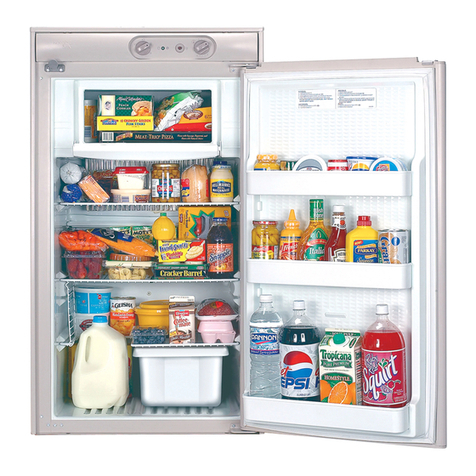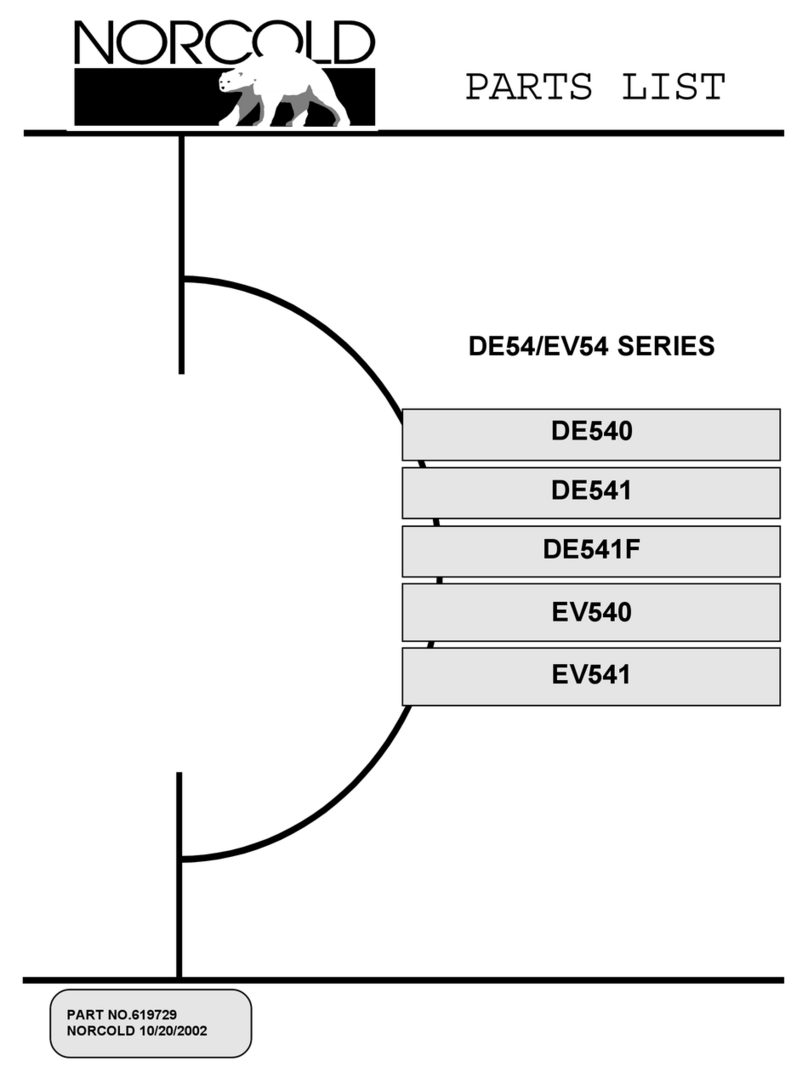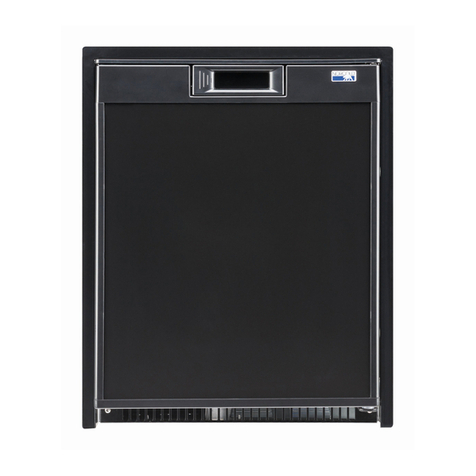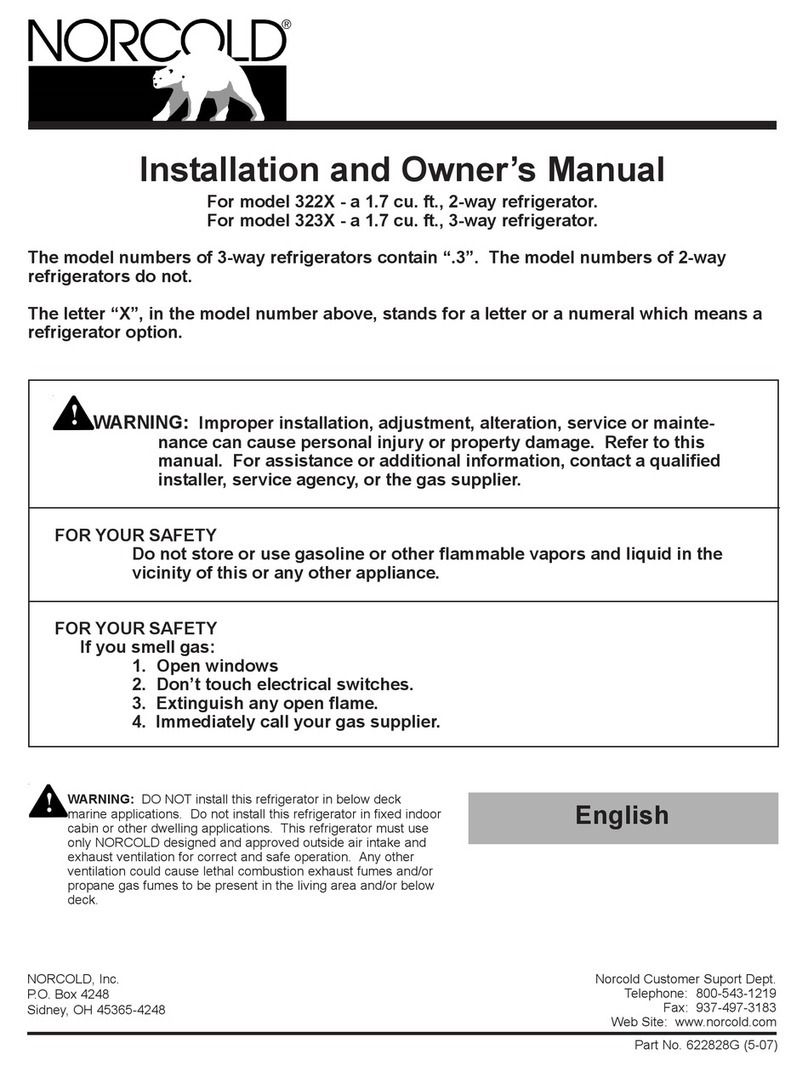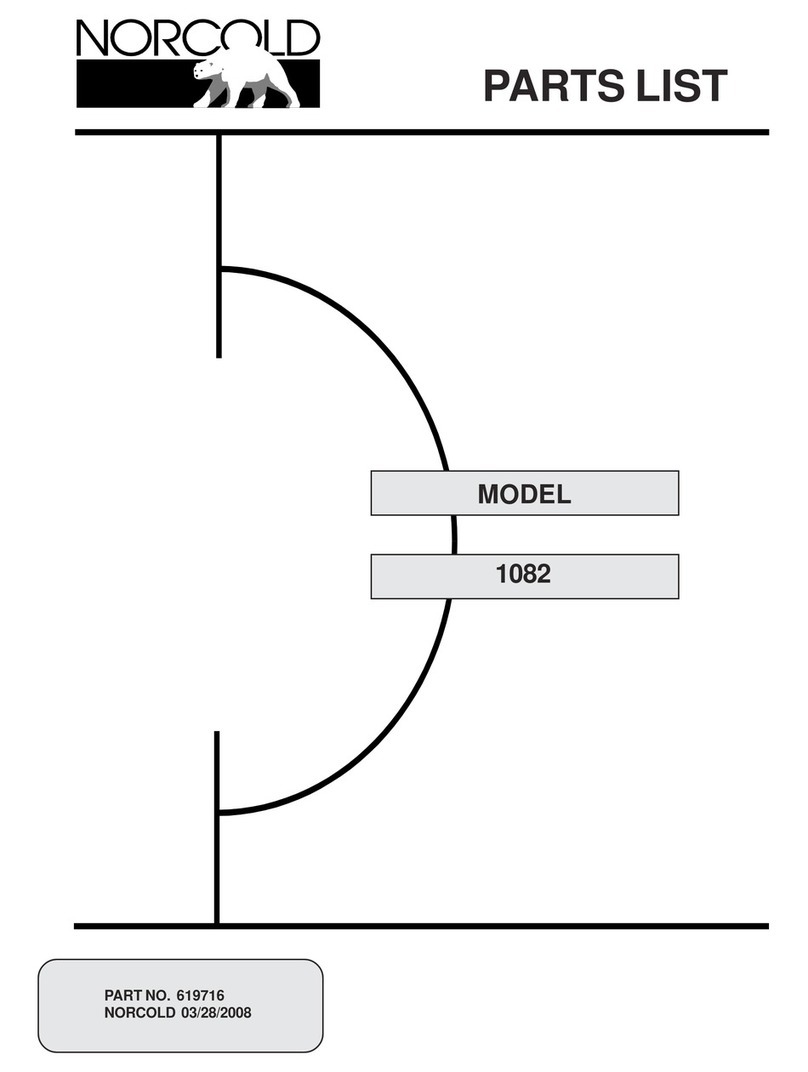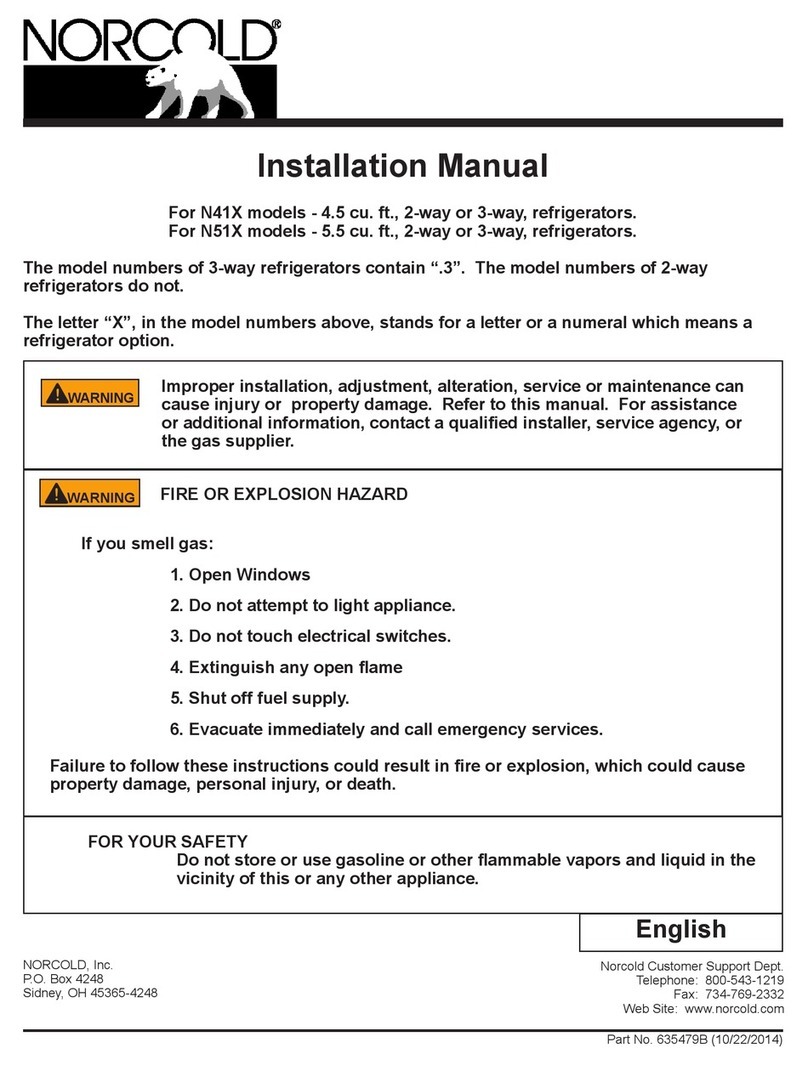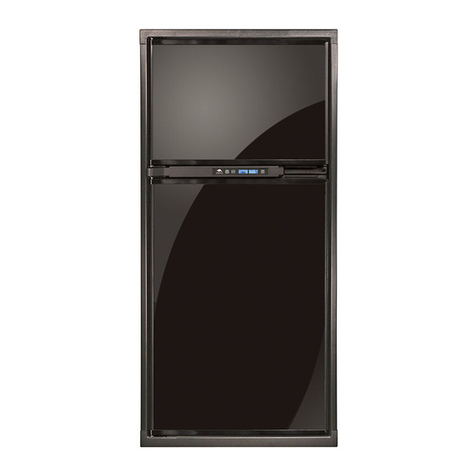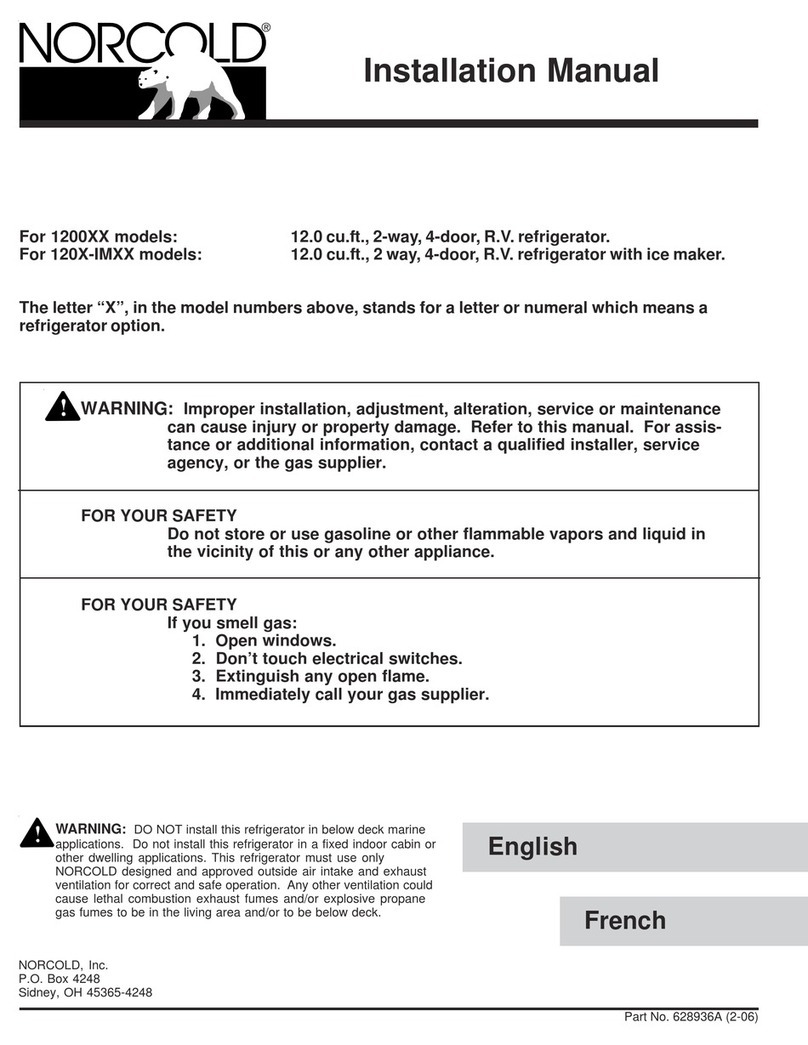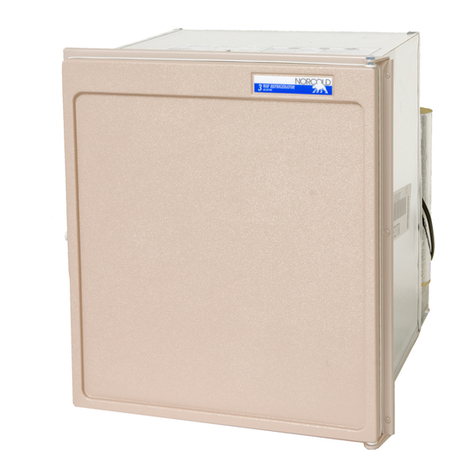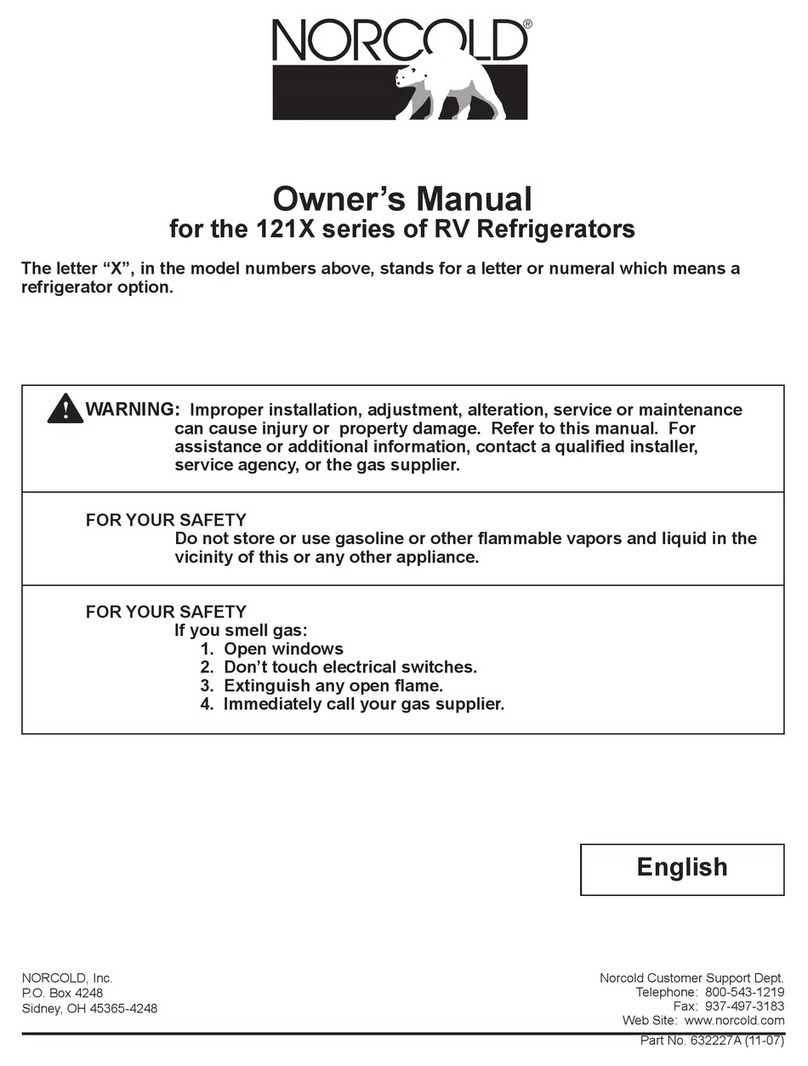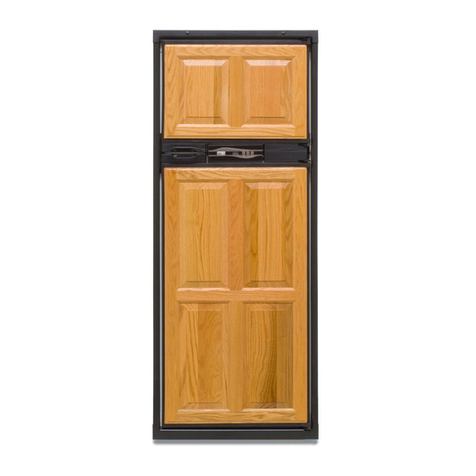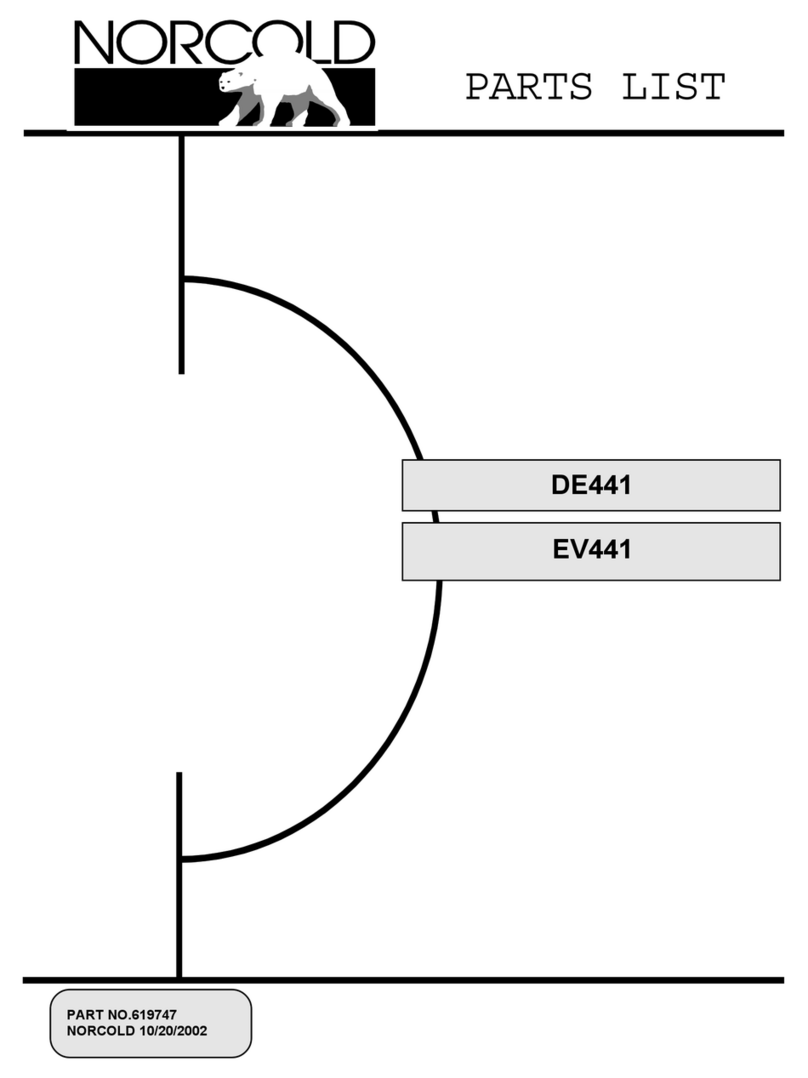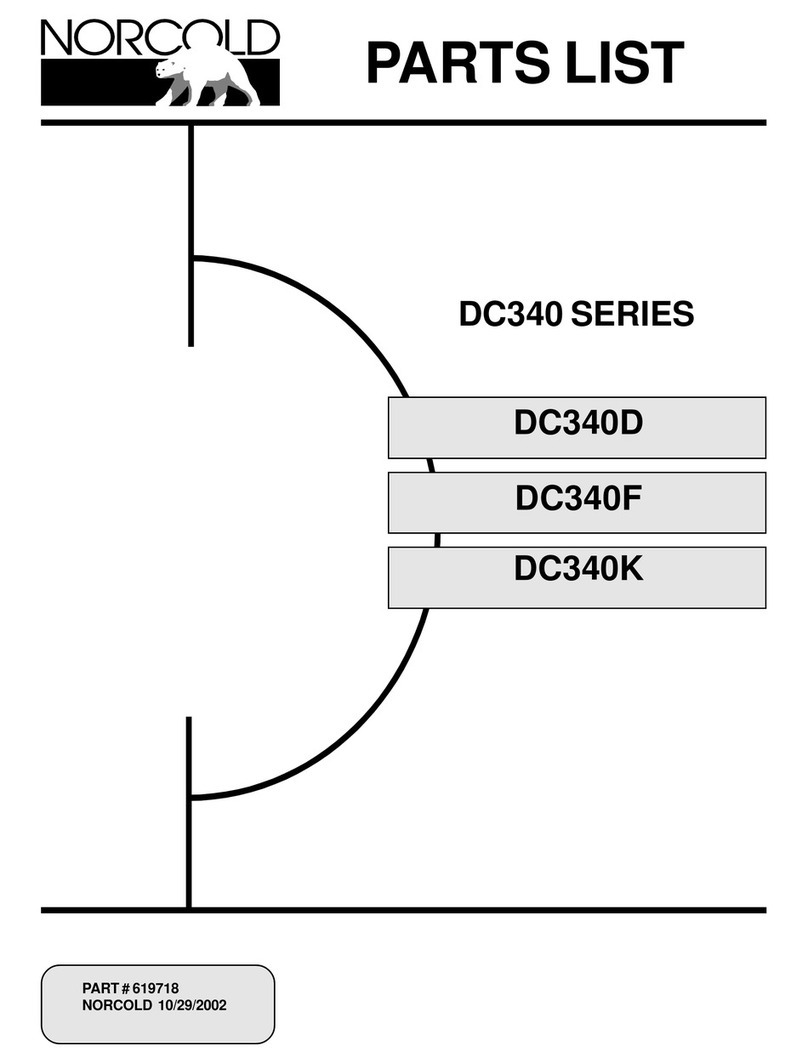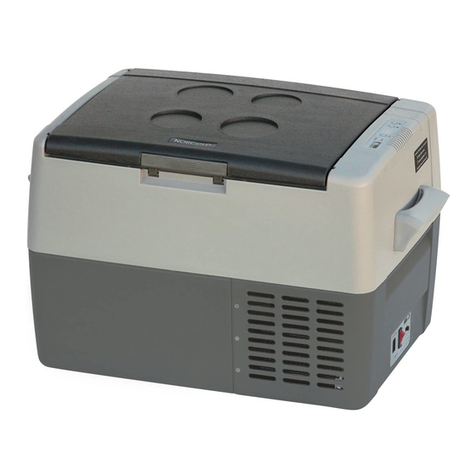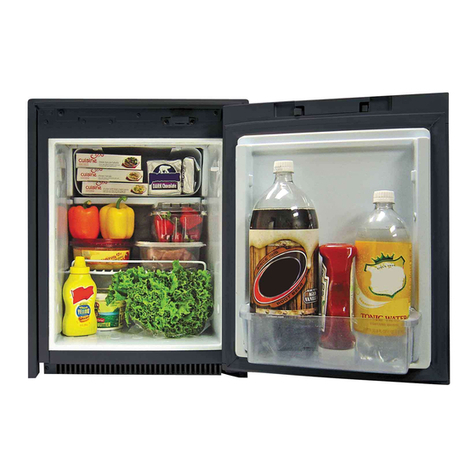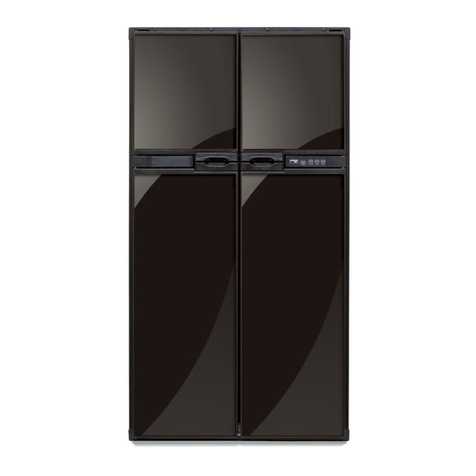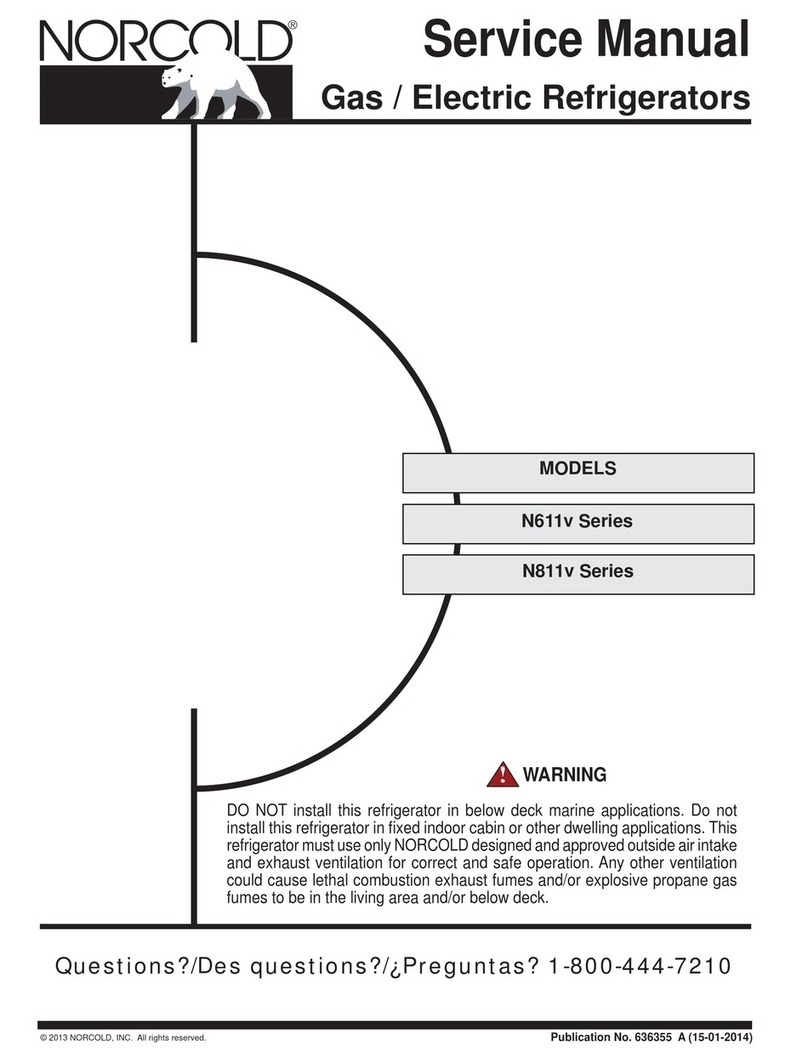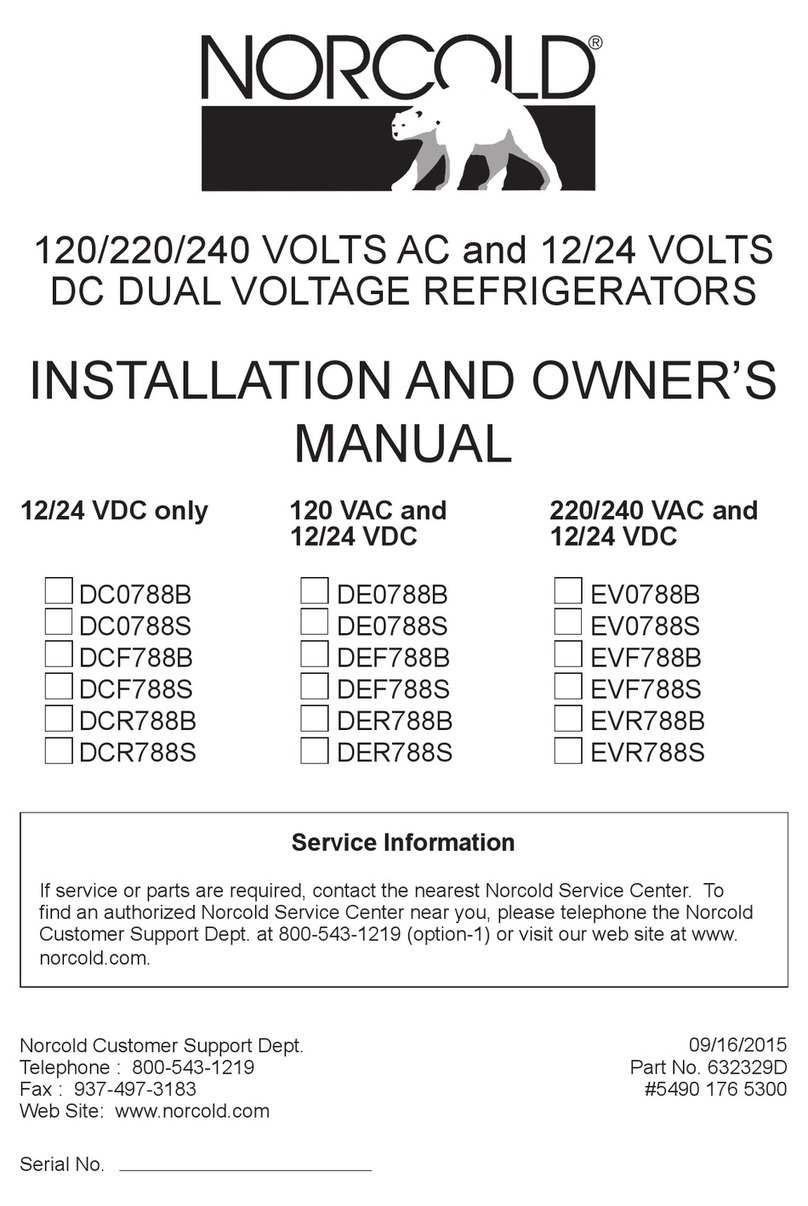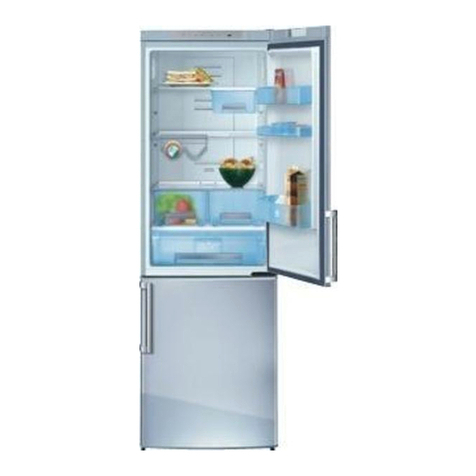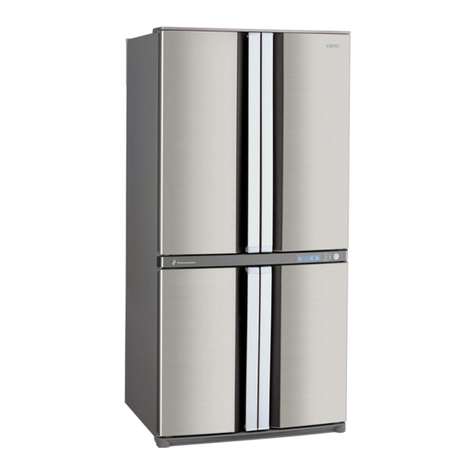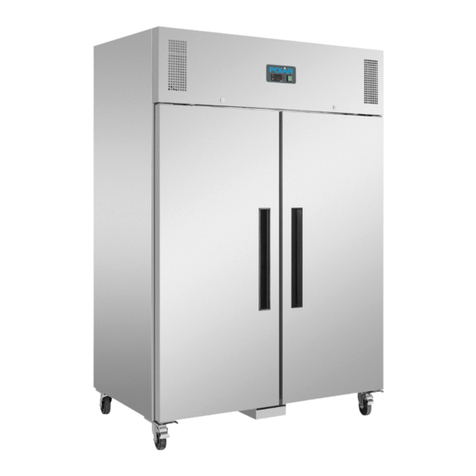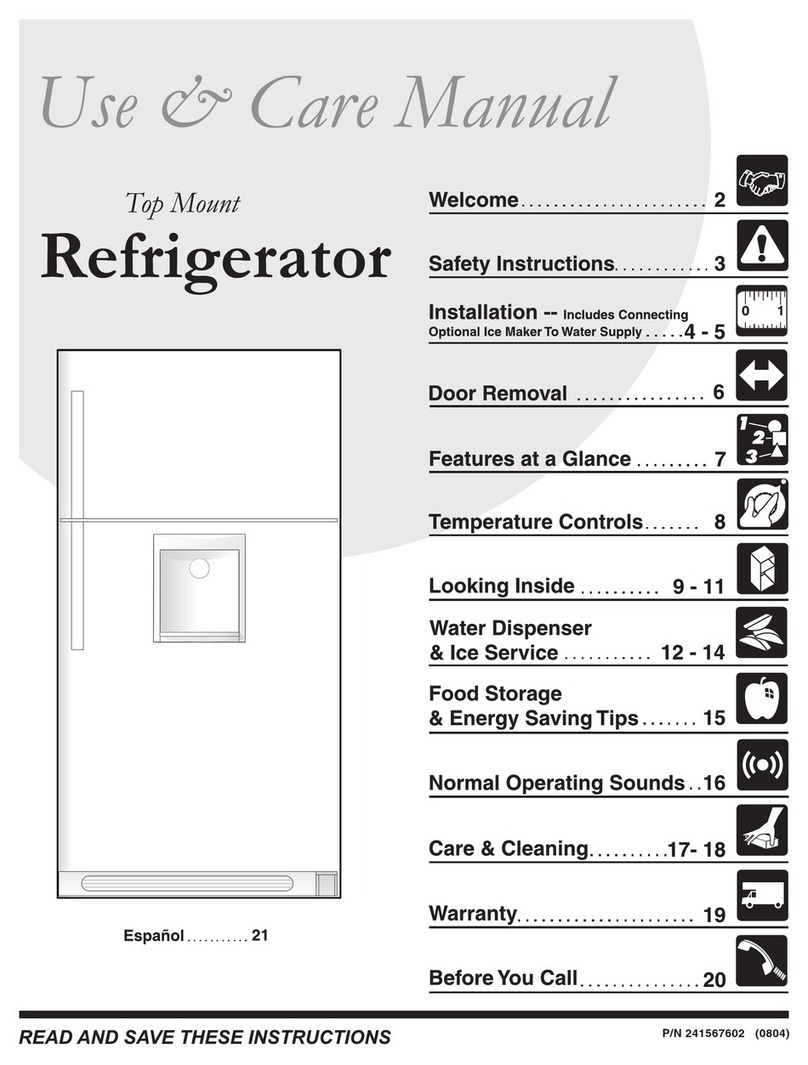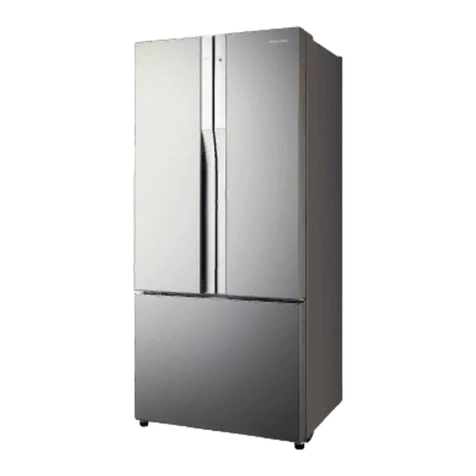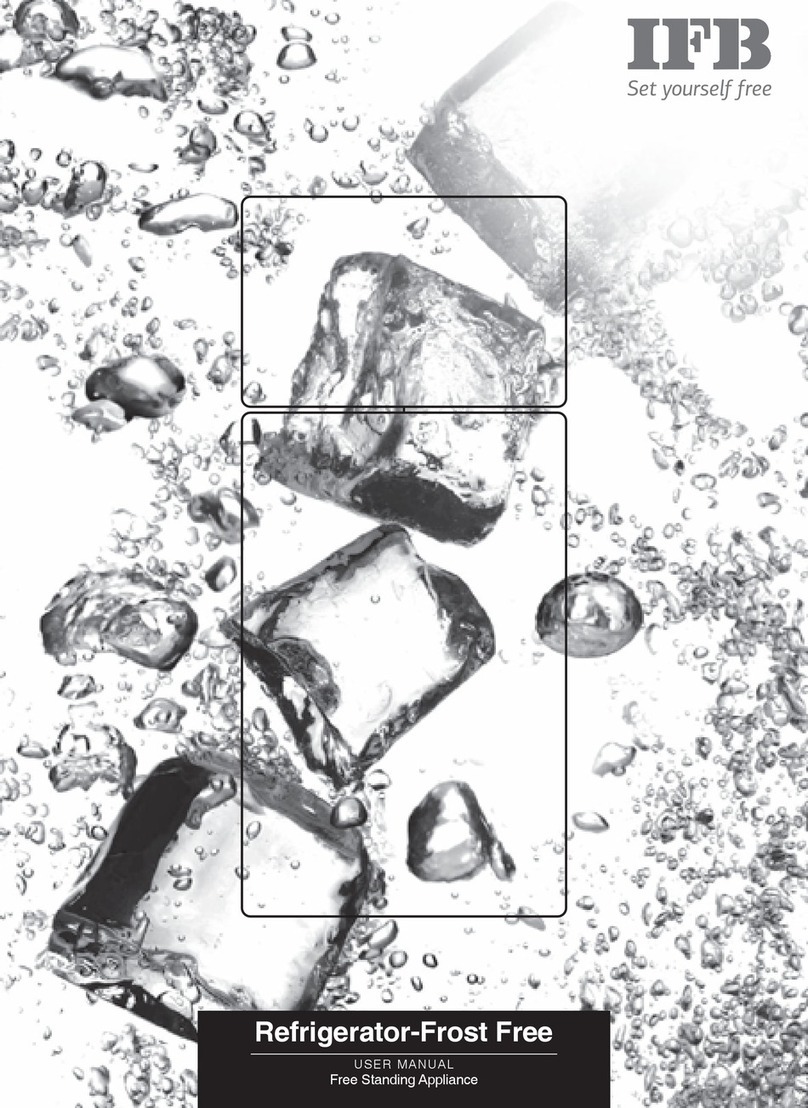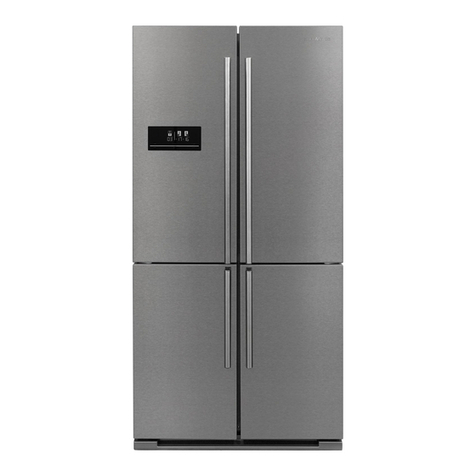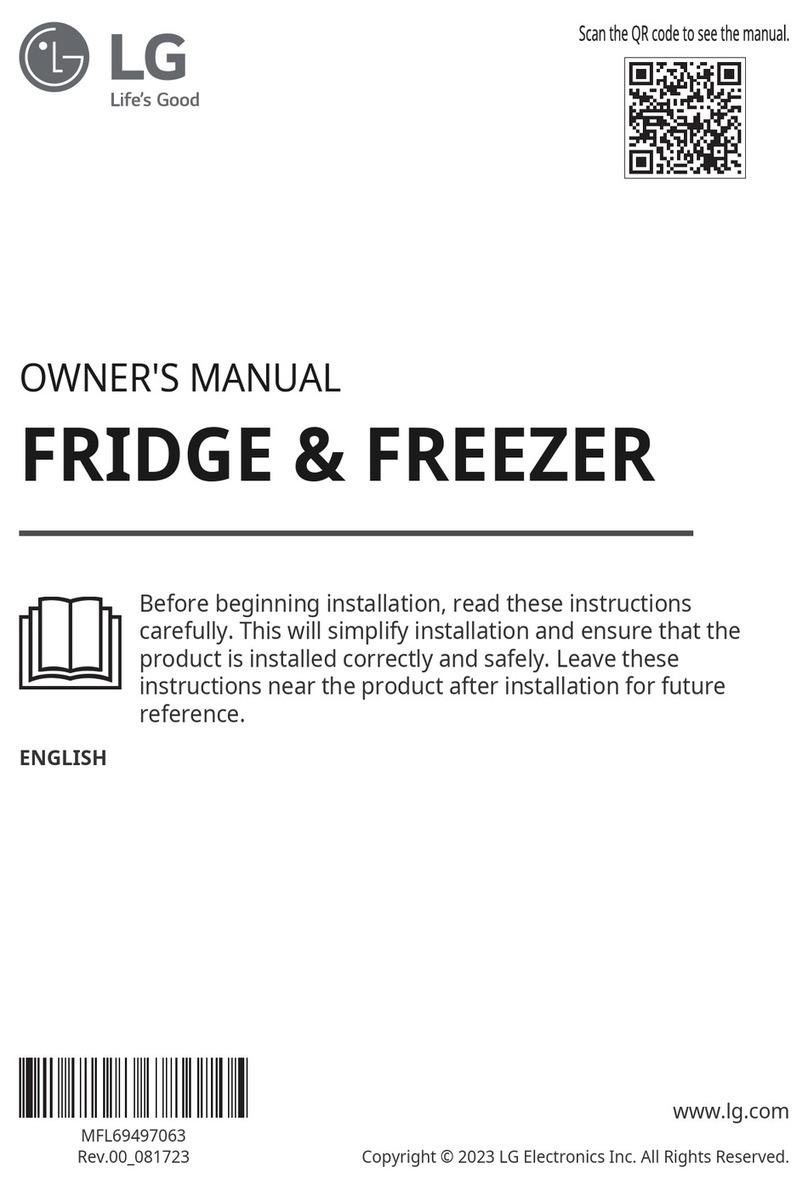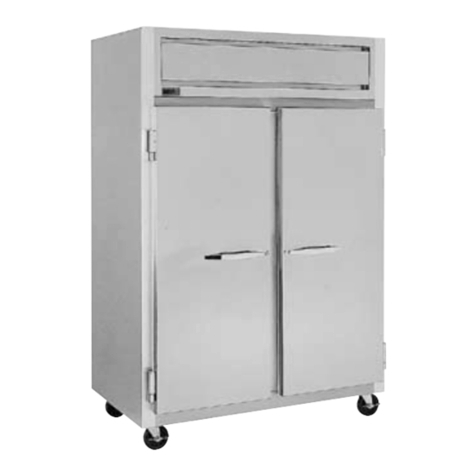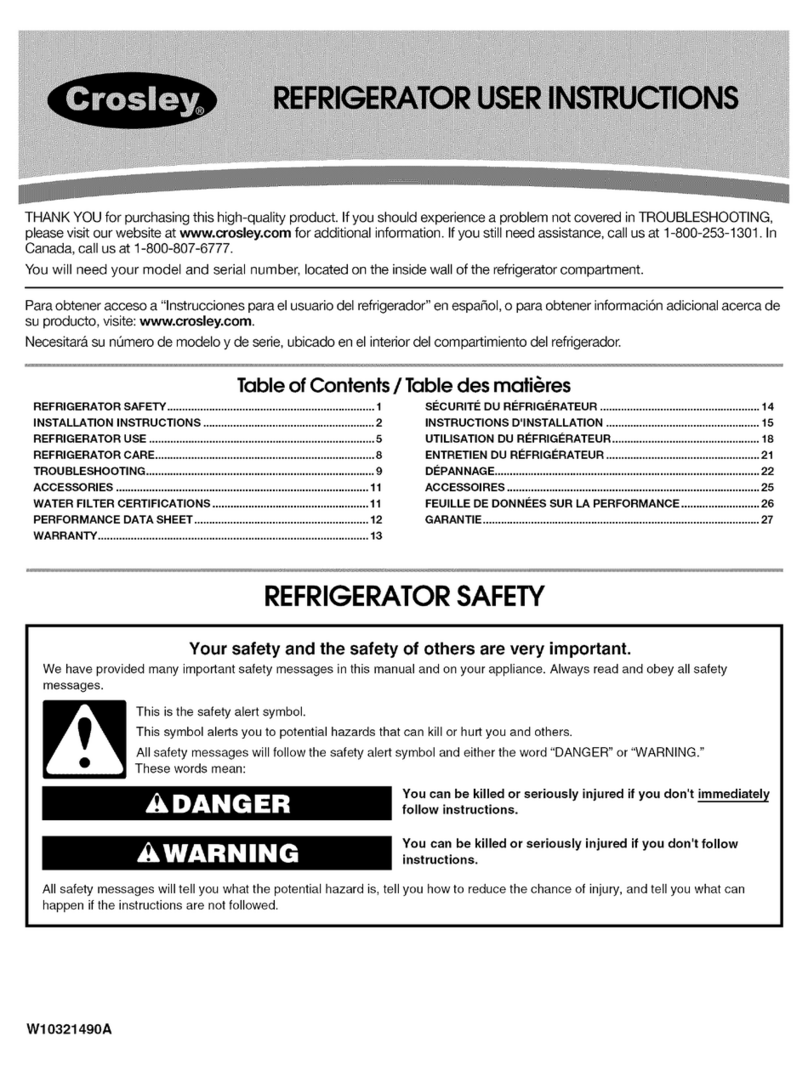
Page 9of 15
13. Press the Propane button (E), then the Safety Valve button (A), on the front panel. The burner should
light and the panel lamp should remain on. If the burner stays on when the Safety Valve button is
released after 20 seconds, the relighter module is the culprit (it was bypassed in this experiment).
You can stop here and replace the relighter module, or proceed with an alternate solution that will solve the
problem, for a lot less expense.
If you measure the interrupter circuit wires coming from the relighter module, with an ohmmeter (after
unplugging them from the interrupter), you will see approximately zero ohms when: the Propane button is
pressed, the Safety Valve button is pressed, and the flame ignites. If you then plug the wires onto the
interrupter lugs, and measure the same resistance when the flame ignites, the resistance may become higher;
> 10 ohms. This will not work. The 20-30 millivolts from the thermocouple must pass directly through the
interrupter without any resistive loss.
Inside the relighter module, the interrupter circuit may not be switching on fully (a switching circuit that is
not fully saturated or closed). This must be close to zero ohms for the thermocouple voltage to pass through
the interrupter without any loss. The relighter may have various ohmic values, at different times, leading to
intermittent operation and a very frustrating experience trying to get the burner to stay lit. And if the burner
turns off due to the thermostat reaching its ‘cold’ temperature (set by the knob), it may not restart when the
thermostat clicks back on to start a new cooling cycle. Below is a fix for this that eliminates the problem
without replacing the relighter module.
The Fix
The interrupter circuit inside the relighter module is supposed to go to zero ohms when the flame is detected
by the module. It does this by detecting the resistance through the flame itself to the grounded structure of
the burner assembly. If the flame goes out, the relighter automatically starts sparking again, in an attempt to
relight the flame - say, if the wind blew really hard into the side vents on the van and blew out the flame – a
possible scenario. If the thermocouple is still hot (it has some thermal mass), the flame will relight
immediately, and all is well. If the flame is blown out long enough, the thermocouple will cool down and the
gas valve will shut off until reset by the user, using the front panel buttons (a manual start procedure as stated
above). This is all meant as a failsafe to restart or shutdown the flame when disturbed.
(BTW, once you have everything working again, blow out the flame while it is running and you will see the
relighter automatically re-ignite the burner. Cool, eh?)
If you don’t want to buy a replacement relighter ($$), here’s a cheaper solution that works.
Purchase a 12VDC relay at the auto parts store; one that has at least one “normally open” (N.O.) contact.
They are quite common, but listed below are some possible sources for relays.
This relay will be energized when the Propane button (E) on the front panel is pressed. The “normally open”
relay contacts will short the lugs on the interrupter, replacing the white wires from the relighter module. The
white wires should be permanently taped up and set aside – they will no longer be used.
This relay circuit replaces the relighter’s internal switching circuit, which fails to fully saturate/close – for
whatever reason – a weakness in the design.















